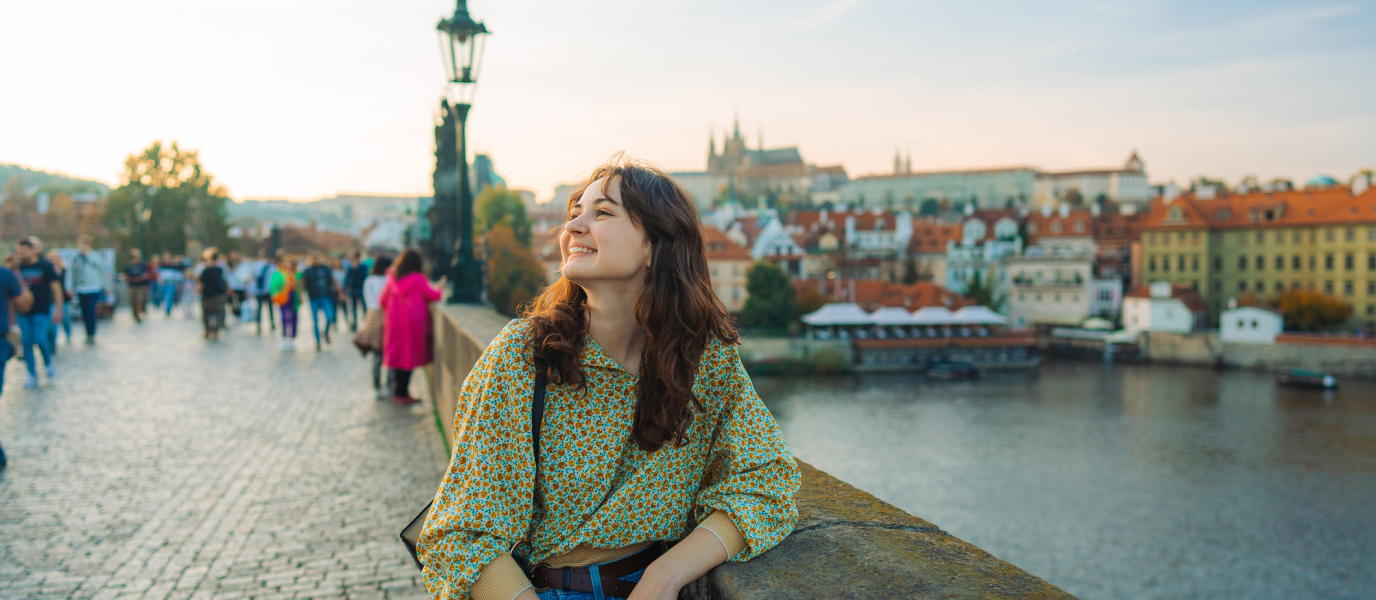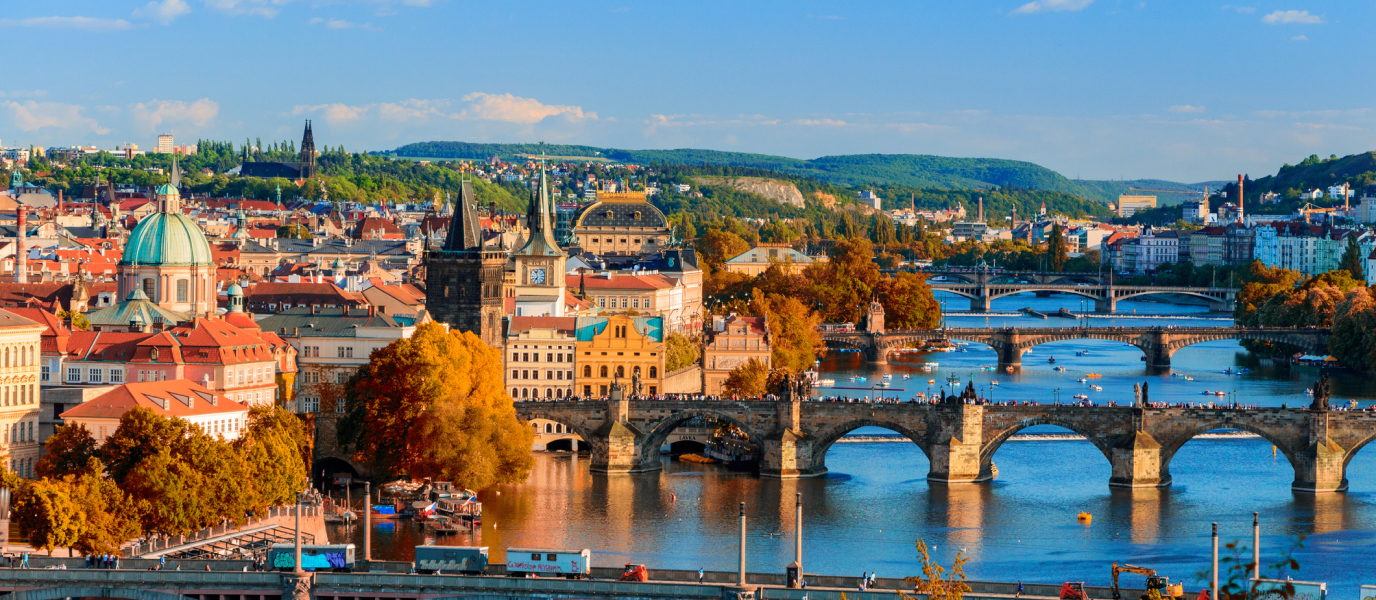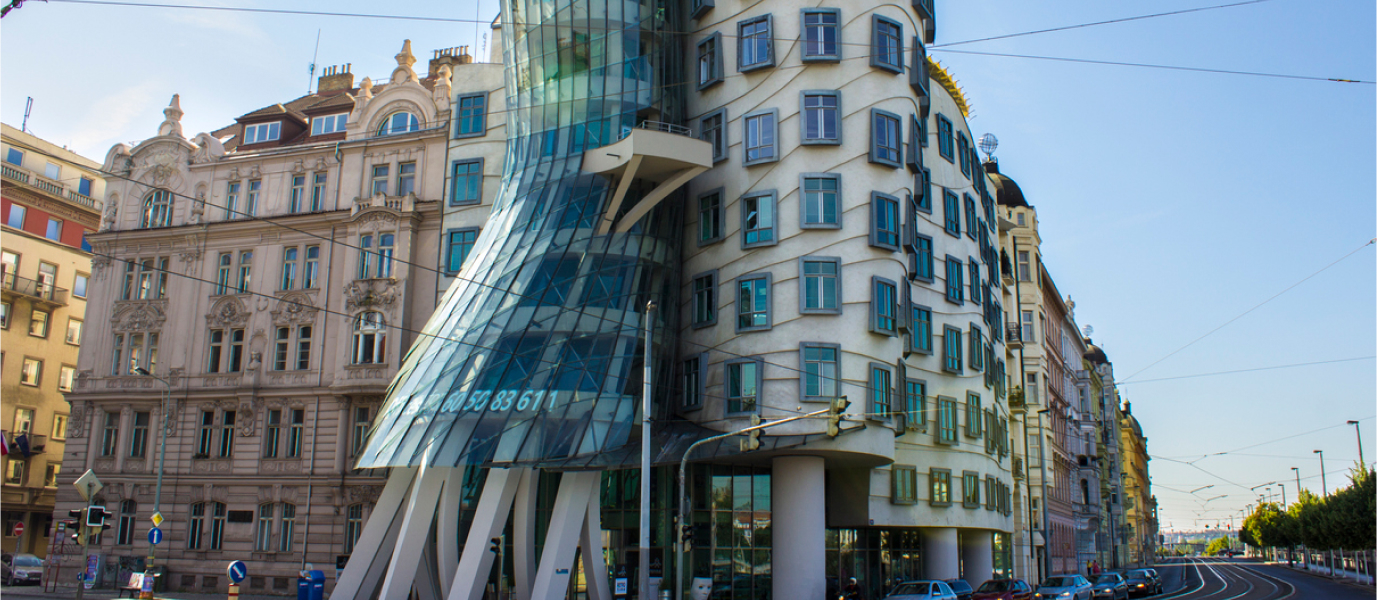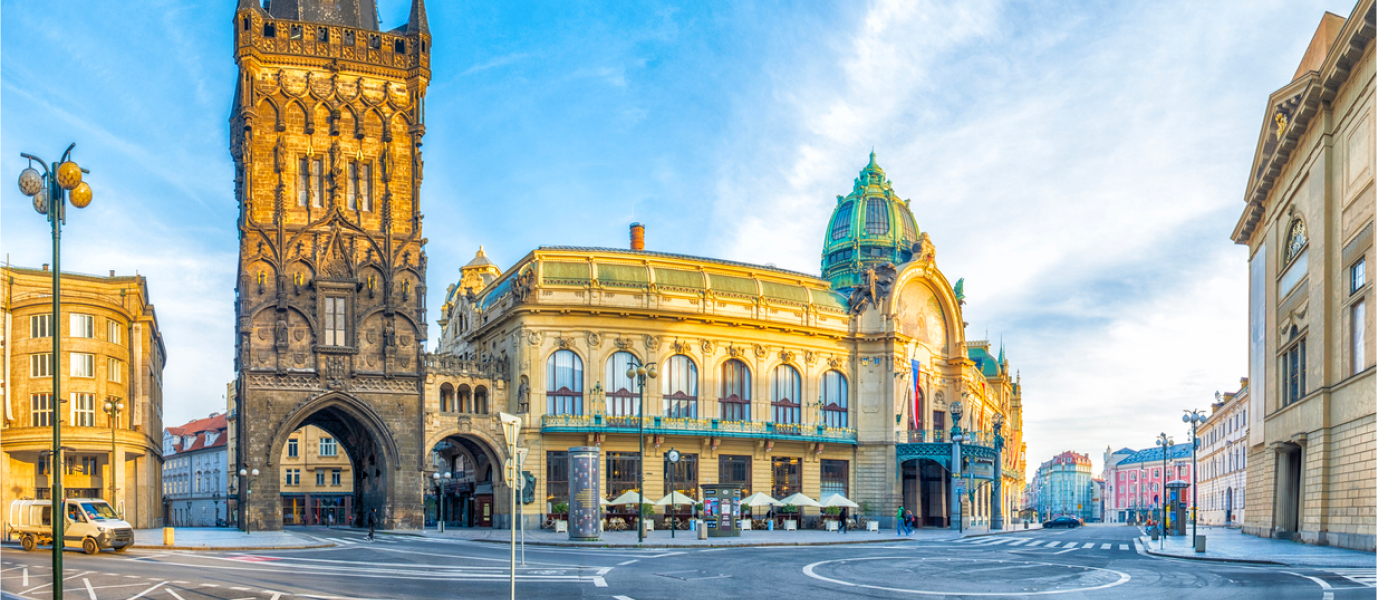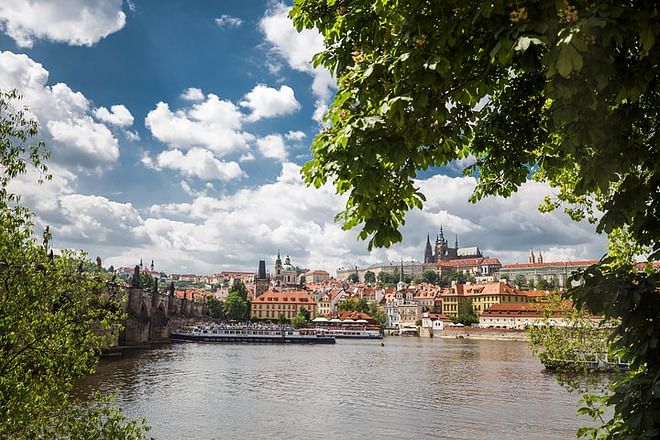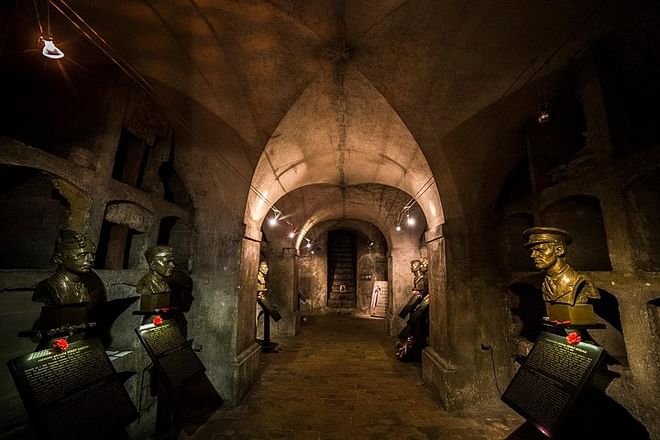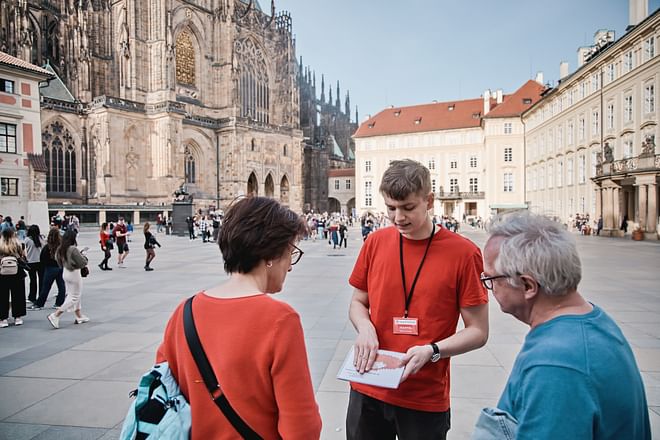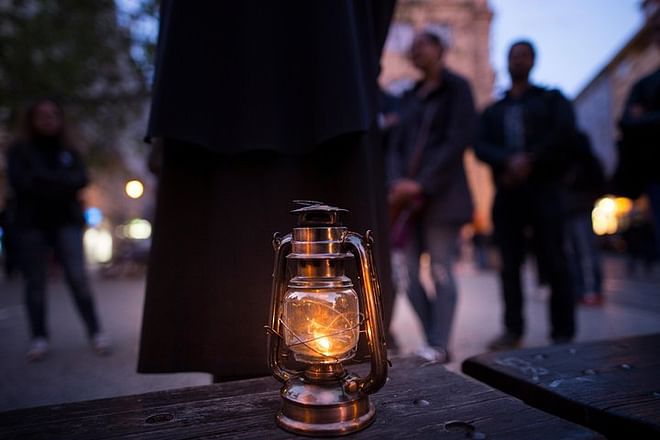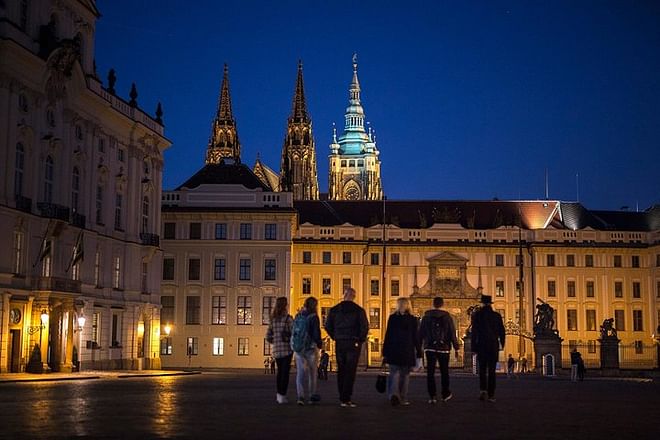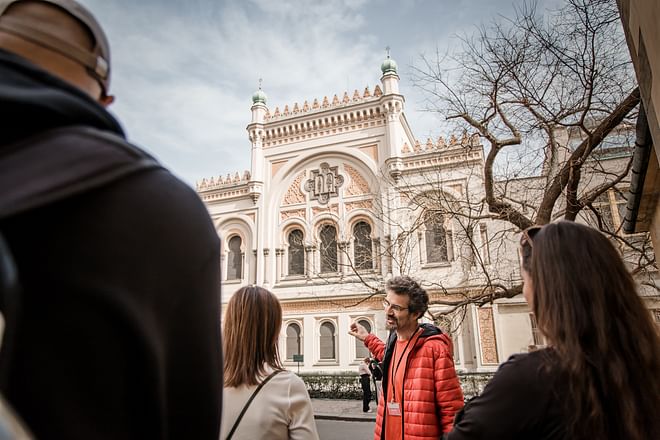It may well be Prague’s most famous architectural highlight. Charles Bridge is a true icon of the Czech capital, the image that every traveller wants to carry away from their visit to this city. Whether it’s daytime, sunset, or night-time, Charles Bridge offers the visitor a unique picture.
Charles Bridge is Prague’s oldest bridge, linking the Old Town (Staré Město) with the Malá Strana neighbourhood, where Prague Castle stands. It was built between 1357 and 1402, and was the only viaduct in the city which crossed the River Vltava. It is considered to be one of the world’s most important Gothic structures.
Crossing Charles Bridge is a magical experience. During the daytime, it is a monument that has to be visited. Its features make it a masterpiece to be appreciated calmly. At night, it is a crossing filled with romance. The destination is always the Malá Strana (Lesser Town) neighbourhood, the splendid, and at the same time Bohemian, area of the Czech capital.
The bridge was named in honour of King Charles IV, during whose reign it was built. Charles I of Bohemia and IV of Germany was Holy Roman Emperor, what is now the Czech Republic forming part of his Empire between 1355 and 1378.
Prague’s Charles Bridge and its sculptures
The single most outstanding feature of Charles Bridge is its statues. The entire length of the bridge, 500 metres, is lined on both sides with around thirty sculptures which lend a certain grandeur to the crossing between the two sides of the city.
The sculptures are copies of those placed there at the end of the seventeenth century and the beginning of the eighteenth century, and represent several eminent saints of the age. The most famous is the statue of St John Nepomuk, a Czech saint and the patron saint of the Spanish Naval Infantry, who was thrown into the river on the orders of King Wenceslaus IV in 1393. A brass cross on the railings marks the place where the saint was thrown in. Many people ask for a favour, placing their left hand on the statue. Some also touch the dog at the base of the statue, which is a symbol of loyalty, as they promise to return to Prague in the future.
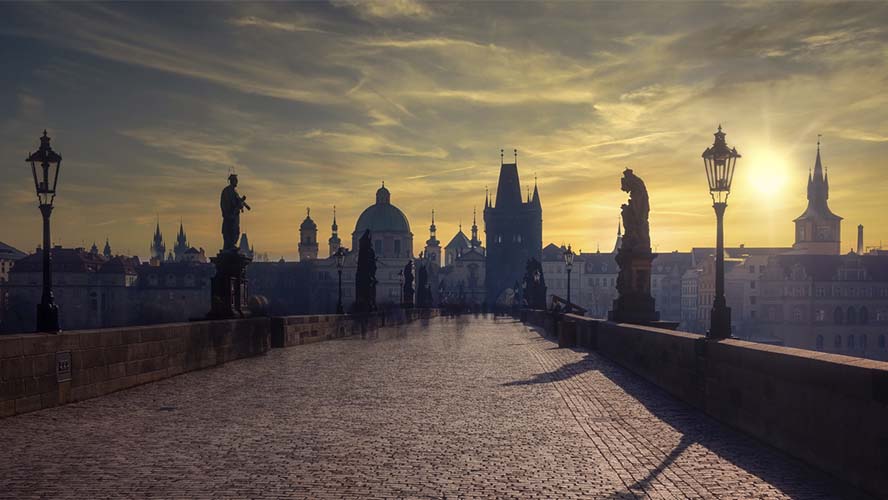
Además de San Juan, algunas estatuas son realmente espectaculares. Por ejemplo, la Crucifixión, del siglo XVII, un crucifijo de bronce que reemplaza a anteriores versiones de madera. También impresiona la escultura de San Juan de Mata, Félix de Valois y el beato Iván, la más grande del puente, en cuya base hay una pequeña cavidad donde se esconden tres cristianos encadenados.
Otra de las estatuas más famosas e importantes desde el punto de vista artístico es la de Santa Luitgarda. Esta monja ciega tuvo un sueño en el que Jesús se inclinaba ante ella para que le besara sus heridas.
Apart from St John, some of the other statues are genuinely impressive. For example, there is the seventeenth-century Crucifixion, a bronze crucifix that replaced previous versions made of wood. Another eye-catching statue is that of St John of Matha, Felix of Valois and the Blessed Ivan, the largest of the bridge’s statues, at the base of which is a small cavity holding three chained Christians.
Another of the most famous and important statues from an artistic perspective, is that of Saint Luthgard. This blind nun had a dream in which Jesus leant towards her so that she could kiss his wounds.
The bridge’s towers
Apart from the statues, the other great feature of the Charles Bridge are the three defensive towers that served as gateways at either end of the bridge, on opposite banks of the River Vltava.
The tower on the Old Town side was built in the fourteenth century, in the time of Charles IV—as was the bridge itself. On the other side, the Malá Strana tower was built during the fifteenth century, and is linked by an arch to the neighbouring twelfth-century Judith tower. The Judith tower belonged to the bridge that stood here before the Charles Bridge, which was demolished when the River Vltava flooded.
It is possible to go up into the towers, which afford magnificent views of the river as it flows through Prague.
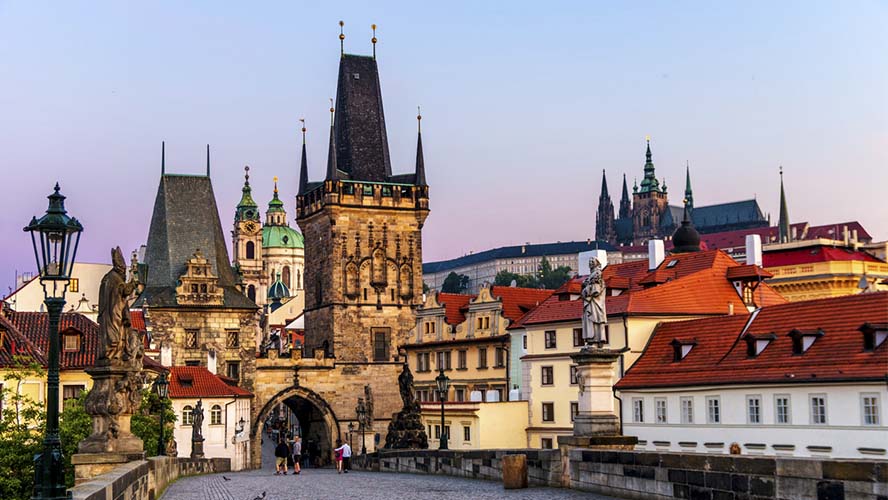
The history of Prague’s most famous bridge
Charles Bridge was the solution to a problem that bedevilled the River Vltava. The existing Judith Bridge was destroyed by flooding, and the two parts of Prague were cut off from each other. There had been a crossing at this point for centuries. Back in tenth century, a wooden bridge had connected the two banks of the river, until it was replaced by the Judith Bridge in the twelfth century.
It was King Charles IV who decided to construct the bridge we see today, once again connecting the castle and Malá Strana with the Old Town. The architect was Petr Parler, who also designed the Powder Tower and was involved in the construction of the Cathedral of St Vitus. Parler installed a bridge of Bohemian sandstone, 520 metres long and supported on 16 arches. In fact, the viaduct was originally known as the Stone Bridge, until in 1870 it was christened with the name of the King.
For several centuries, a toll was charged to anyone who wanted to cross the bridge. The revenue paid for the maintenance of the infrastructure. Then, in the late twentieth century, the bridge was closed to traffic, and since then has been fully pedestrianised.
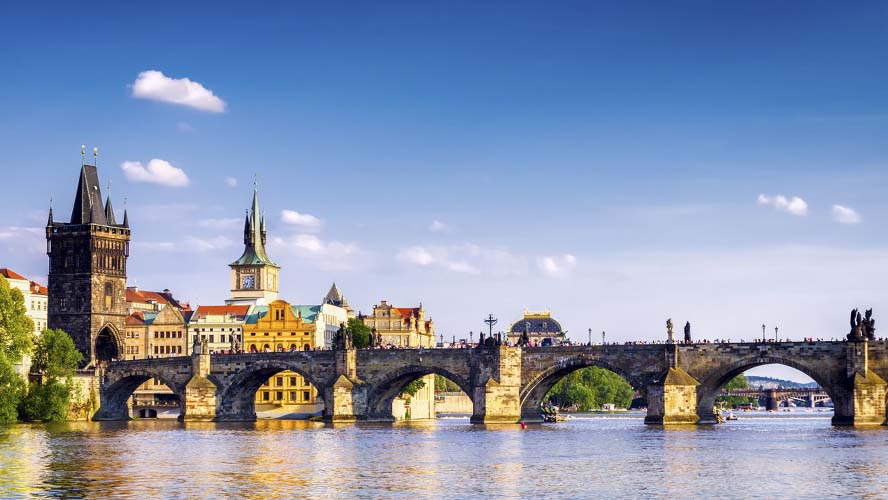
Charles Bridge at night
So, Charles Bridge entered the twenty-first century. It is protected, but is not totally immune to damage caused by the strong currents of the River Vltava. This symbol of Prague undergoes a transformation in the evening. Crossing Charles Bridge at night-time is a real treat for the senses. The beautifully illuminated towers, the castle as a backdrop, the magic of the river itself and the accompaniment of the musicians scattered around the area, all provide the perfect combination for a truly enchanted evening.
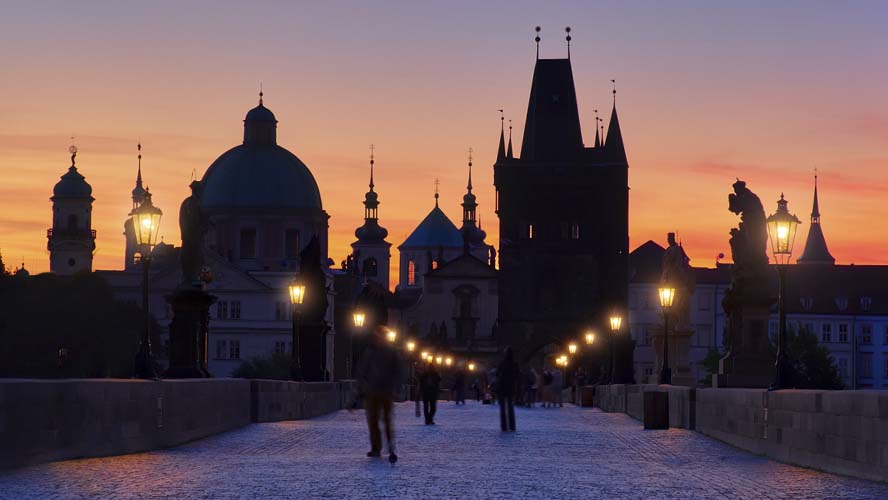
Prague at night deserves to be experienced. As does the Prague nightlife. In the area around Charles Bridge are to be found many of the Czech capital’s iconic nightspots. Virtually at the foot of the bridge is Karlovy Lázně, a five-storey discotheque considered the largest in Central Europe. And next door, one of the famous Ice Pubs. Then, at the start of Karlova Street (which leads from the bridge towards the Old Town Square) is the Golden Tree Prague, another huge three-storey discotheque. In a nutshell, three temples to Prague nightlife at the foot of Charles Bridge.






































































